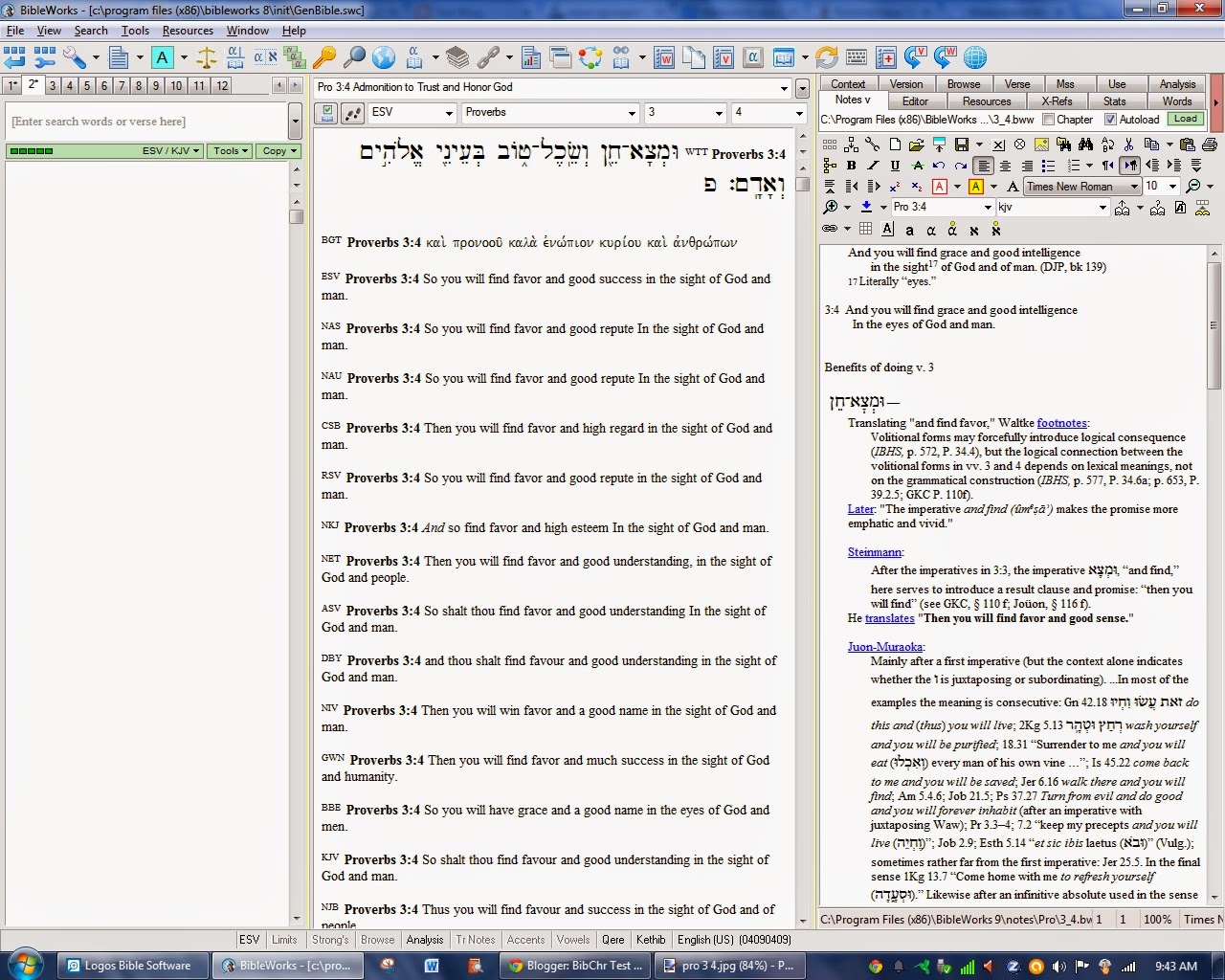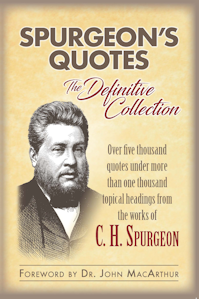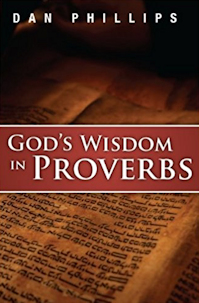As I continue walking you through a lab in preaching Proverbs, using chapter 6 as an example, I'm assuming you've worked through the basics as to the specific challenge and resource that is the book of Proverbs. Otherwise, to take you through all that, I'd have to write a whole book. Oh, hang on just a minute...
So we've got in place who wrote Proverbs, what difference it makes, how the book is shaped, what the book is about, and how to approach proverbs. All that is absolutely essential, for starters.
The next step is translating Proverbs. If you're a pastor and you don't read Hebrew, I'd urge you to get started in learning it. For this, I'll assume that you've learned it and, since your job is to teach the Bible and 2/3 of it is in Hebrew, you use it all the time.
So here BibleWorks is (as always) my best friend. As I've shown you in the past, its Notes editor is simply a Godsend to me, and it's in constant use as I prepare sermons. I can't imagine doing what I do, without BibleWorks.
So what I literally do in Proverbs is transfer every word to Notes, and break it up so I can make notes on the words. I begin with each word getting its own slot, though that will occasionally be supplemented by phrases deserving a note. Here's a screen shot from Proverbs 7:7, which was then in the planning-stages for a coming sermon:
You'll notice that my working translation is at the top, then some initial observations, then the lexical entries start. I do a search on each word's use in Proverbs; if it's already been worked on, I refer to those places. I'll also keep an eye for Solomon's abundant artistic flourishes, like the sound-play noted in red ink (aBINah BABBANIm). Of course, such observations often don't end up in the sermon, but they feed me, and if I ever write a commentary or lecture at seminary, they'll likely show up there.
Again, here's a "finished" one from Proverbs 3:4, showing what it ends up looking like:
At the top is the verse as rendered in my Proverbs book; the next is the version I ended up using in preaching, with a minor change. Then I note the opening phrase and-find-grace, with material from commenters Waltke and Steinmann, and grammar. The hyperlinks are to the resources in Logos.
So I do lexical searches within Proverbs, and usually in the larger Canon as well. Then I refer to the lexical authorities such as BDB, HALOT, TLOT, TWOT, and NIDOTTE, as well as any of a dozen or so grammars, including Waltke-O'Connor, Joüon, GKC, Davidson (latter two = old, but still useful) and others, and copy info with links lavishly. My design is to end up with a little study-center in the Notes of BibleWorks.
 All through this process, I'm noting words that are repeated within the section or chapter. Often, these are excellent clues as to how the chapter lays out or what it's about. This is just one of those places where Hebrew is essential, since English versions sometimes obscure connections (and, regularly, chiasms) by using different words and billowy syntax. The ESV is really frustrating about that; it's a main reason why I always provide my own more literal translation in my sermon outlines for the church.
All through this process, I'm noting words that are repeated within the section or chapter. Often, these are excellent clues as to how the chapter lays out or what it's about. This is just one of those places where Hebrew is essential, since English versions sometimes obscure connections (and, regularly, chiasms) by using different words and billowy syntax. The ESV is really frustrating about that; it's a main reason why I always provide my own more literal translation in my sermon outlines for the church.Next step is usually to decide (A) what are the borders of the section, and (B) what is the shape within the section. This was really rough, in preaching chapter 3. Good arguments could be (and are) made for it being three sections, two sections, or one large section. This is the point at which I usually begin engaging the commentaries, focusing at this point with how they see the section laid out. Often I'll use the Editor tab in BibleWorks and do a study on this issue alone — as indeed I did with chapters 3, 6, and others.
I mention commentaries. Which are being most helpful, and which are pretty much worthless?
That will be a worthy focus in the next post.
Programming note: as of this week, I begin posting Tuesdays and Fridays (DV), instead of Tuesdays and Thursdays. Thursday is now the Greatest Hits day.
This way to the next (third) post.
Previously:
First post














8 comments:
Do you suspect that people might find this topic boring? When you preach, are you able to look at your congregants and tell when they're engaged, verses when they're mind is 10 miles away and are secretly longing for their pastor to stop talking? I don't know if you use any metrics on your web site to determine how engaged people are, but by one metric, this last post in this series had all of 1 comment. How many more posts are in this series?
I have actually found this series to be super helpful, because I am preaching Proverbs for a summer college retreat at my church in a couple of weeks.
The one question I have is this: doesn't having the English right in front of you cause you to "cheat" and look at the English?
My method so far so been to use the Hebrew Reader's Bible. If I get stuck on a word I don't know, I look it up on e-sword which has the Hebrew text tagged to Strong's Numbers. I then look up the Strong's Number in my copy of BDB, which is keyed with Strong's Numbers.
LOL; I've read Proverbs in English so many times in so many versions I'm probably a walking, talking cheat.
It's a good question. The truth is that I really don't think primarily of the English version. I've learned that the Hebrew text offers so many important data that it's best to put the other out of my mind and just see what I'm seeing, if you follow me.
I am not a pastor, but a wife trying to serve in the church. I've studied the Bible for years, learning hermeneutical principles as I go. I appreciate your explanation as it helps me see what a pastor actually does in his study and gives me tips to apply.
In addition, noting the effort and time it requires of myself, I wonder how pastors do it–so much study and preach more than once a week! Plus loving your congregation with social time. Plus family. Ya'all are amazing.
Also, what you said about knowing Hebrew. I've been for about a year to learn on my own and it is slow slugging by oneself. It’s one of those things you don’t go around telling your friends, especially after this response: "What are you doing that for?! With the tools we have today we don't need to know Hebrew.” I wondered again why I am spending the time on it. Well, seminaries must have solid reasons to think it important. Pastors I admire insist that it is important. Study it on faith? I have actually experienced that original languages convey nuances and ideas that translations do not. My husband supports me in it. And slowly, I think I'm beginning to taste tiny sips of reward. All of that to convey some reasons I’ve found to tackle a difficult project and also to enhance this statement: I appreciate the encouragement in this post!!!!!!!!
Besides, I love Proverbs. So glad you're writing about it and about how you’re studying it.
Thanks for the encouraging words of appreciation, Linda. It means a lot to know that folks benefit from my hard and happy work.
When I taught Greek and Hebrew, I always tried to build in payoffs — so that, even from early days, students could see the difference it would make. I'm glad you're seeing some.
Proverbs is FULL of such rewards which, unfortunately, most EVV mask. Some of that masking is regrettable and avoidable, but some is the former but not the latter. That is, Hebrew is simply so terse, that a literal rendering into English wins in one area while losing in another.
If you were to listen to my sermons in this series and read the translations, you'd see some of what I'm talking about. When it adorns, I mention it in the sermon. But to bring out more, it'd have to be more of a Bible study, verse by verse and word by word. Solomon was a genius, and a literary artist. I also show some of this in the book, though it'd take a book by itself just to highlight all the delights in the way Solomon crafted his work.
God bless!
Linda (cont'd), I gave an example in the post. Here's another. I'm preparing to preach Prov 8. Lady Wisdom begins her call in v. 4, and see how she does it: Line A is aleph, aleph, aleph! Then Line B is two more alephs. Plus, she uses the extremely rare form 'ishim, rather than the usual 'anashim.
Now, you can't translate that, and a pastor can't exactly preach it. But what any Hebrew reader can do is marvel and worship God for His beauty and the glory of His word; and what a pastor can do is preach something like "When Lady Wisdom calls to the sons of men, she uses language that is arresting and attention-getting. She means her hearers to sit up and give her their full attention."
Like that. (c:
Thank you. As to the use of the alephs I looked it up and saw that. Does it arrest the ears of the audience because of the repeated jolt of the guttural or because of the alliteration? Or both? Or something else?
IT IS USEFUL!!! For those of us who care How to study and how to TEACH THE BIBLE.
Post a Comment